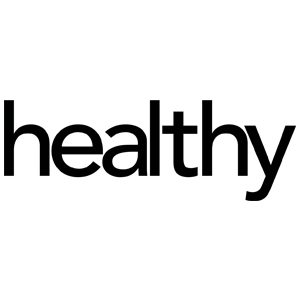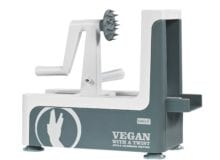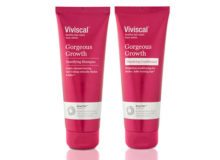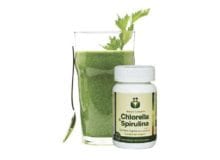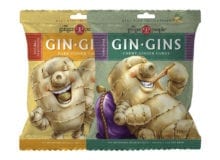How to adopt a zero waste beauty regime
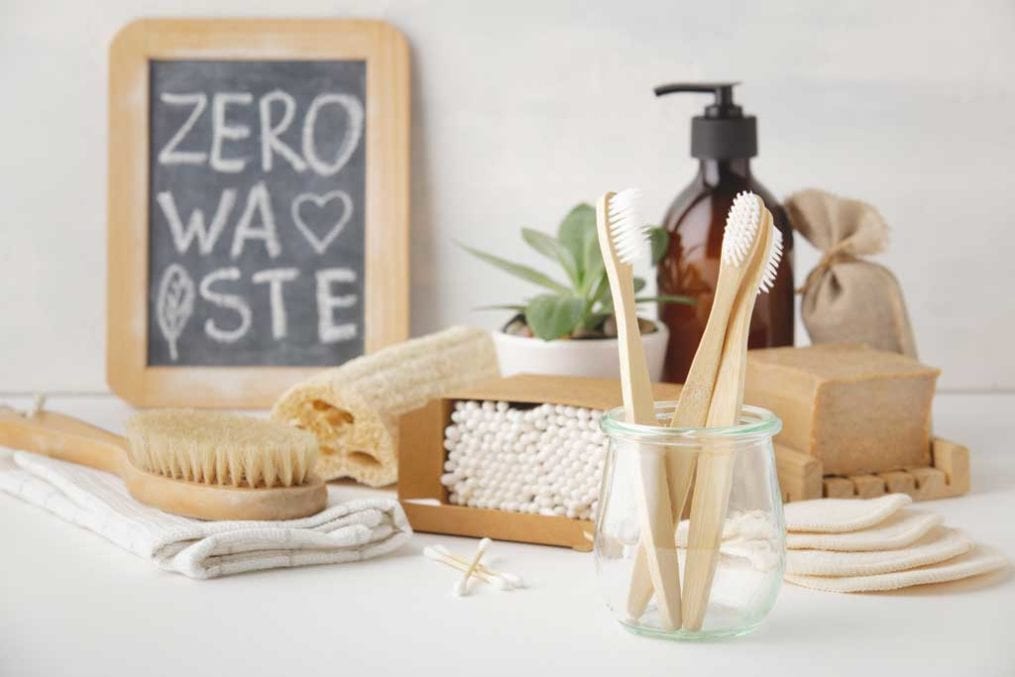
Reducing our waste footprint on the planet has become a question of ‘how’ rather than ‘why’. But although we’ve all become pros at recycling our orange juice cartons, it seems we’ve been slower on the uptake when it comes to our bathroom cabinets. ‘While almost 90% of people in the UK claim to regularly recycle from the kitchen, only 52% say they do the same in the bathroom,’ says William Brightman, co-founder of sustainable beauty brand UpCircle.
But that’s starting to change. Reducing the waste created by our lifestyle is a global concern for the beauty and personal care industry for 2019, according to a Mintel report. ‘[Beauty] consumers are paying a lot more attention to their impact on the planet,’ the market intelligence agency has warned brands. The numbers speak for themselves, with 74% of Spanish consumers saying they’re concerned that the ingredients in their natural products are not sustainable, while 44% of organic US shoppers claim they live sustainably.
The easy part
So, here’s where you come into it. Start by tackling the disposable items you use every day. Remember that image of a seahorse carrying a cotton bud which went viral for all the wrong reasons? It’s the plastic stem that’s the problem here, so swap these for eco-friendly alternatives, with stems made from paper or bamboo, which are biodegradable.
Meanwhile, wet wipes – yes, the ones you’ve been using to remove make-up since you were a teen – are responsible for 80% of ‘fatberg’ blocked sewers in the UK. Thankfully, there’s a simple alternative. Swap your wipes for a clean muslin cloth paired with a cleansing balm or lotion. You’ll be doing your skin a favour, too.
Plastic toothbrushes are another culprit, according to Brightman, especially if replaced every three months, as dentists advise. ‘It doesn’t take much to conceive of the huge waste involved,’ he says. ‘Fortunately, there are alternatives: a bamboo toothbrush only takes six months to biodegrade.’
Next up, it’s time to clear out the myriad plastic bottles cluttering up your bathroom. A report from Zero Waste found the beauty sector generated over 120 billion units of packaging last year, most of which is plastic and non-recyclable. ‘Look for products with easy-to-recycle packaging such as glass or aluminium, which also look beautiful on your bathroom shelf,’ advises Rachelle Strauss, founder of Zero Waste Week. Once you’ve finished with the product inside, rinsed out glass bottles become single-stem flower vases, and jars are great for storing cosmetics.
Alternatively, Strauss advises ‘going naked’ with products that use little packaging. Think bar soaps, sales of which rose by 3% in 2018, after years of decline, with faster growth than both liquid soap and shower gels.
Get what you need
The final frontier of the zero waste movement is simply changing your mentality. ‘Separate your wants from your needs,’ says Strauss. ‘How many products have you bought only to be disappointed?’ Invest in hard-working, multipurpose products, and reap the extra benefit of a less-cluttered bathroom shelf. ‘Coconut oil can be used as a hair conditioner, a skin moisturiser, make-up remover, shaving cream or lip balm,’ she says.
As for your make-up bag, invest in cosmetics from brands such as Pacifica, which allows you to send empty packaging back after use. Burt’s Bees, meanwhile, ensure that 89% of their primary packaging is recyclable. They’ve also introduced post-consumer recycled (PCR) resin into their packaging, making it much easier to recycle.
You can also give away your unwanted beauty products and toiletries to a women’s shelter – even if partially used. Initiatives such as Beauty Banks accept postal and drop-off donations.
